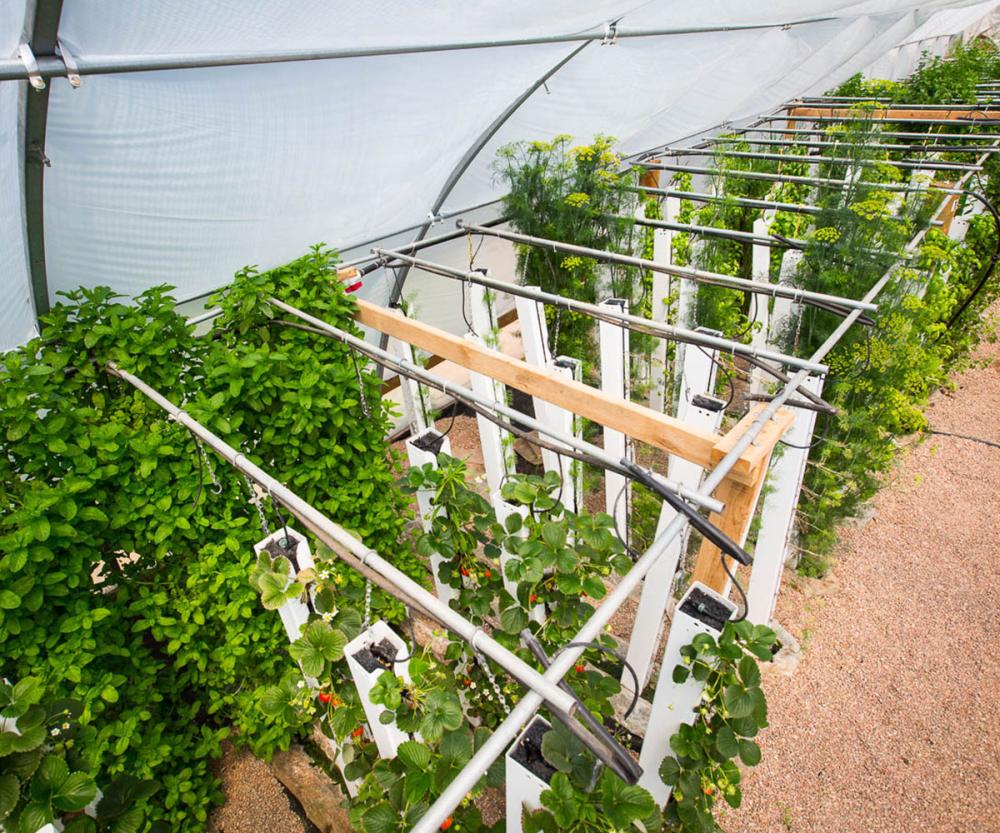
Saudi Gazette report
JEDDAH — Saudi Arabia is moving toward an expansion and development of hydroponics to cope with the water scarcity of arable land in the country. The shift will be effective against conventional agriculture, which has difficulty in providing its elements and wasting scarce water resources, Al-Hayat reported.
Saudi Arabia is trying to keep pace with other countries in aquaculture or agriculture without soil, which dates back to thousands of years. It has been used in ancient civilizations, including China and Pharaonic cultures, and in Europe in recent centuries. It has developed in the 20th century after several countries including in the Arab Gulf.
Hydroponic or hydroponic agriculture relies on the abandonment of natural soils with mud and clay components and replacing them with artificial soils made of glass wool pipes and basins, in which a quantity of water and solutions with mineral nutrients are needed to grow the plants that are placed in the top openings along the pipes. Its system allows for water recycling.
According to specialists, aquaculture is the only solution for Saudi Arabia to regain its agricultural status after its land has been desiccated and drought has spread, enabling it to achieve self-sufficiency in crops, provide jobs, save water resources and achieve environmental, economic and social benefits.
The Ministry of Environment, Water and Agriculture recently headed to support hydroponics to rationalize water consumption, especially in light of the scarcity of its water resources. The consumption of Saudis increased by 20 billion cubic meters per year, increasing the importat of most vegetables from abroad. There are more discussions around adopting modern methods for producing intensive crops, to produce high quality, but with less water consumption.
Taif began implementing the experiment in 2012 with the establishment of a hydroponic plant, which started with one and expanded to five and proving successful in providing 70 percent of the water consumed in regular agriculture. The idea was an individual application. One of the residents of Hail succeeded in producing a quantity of high quality vegetables at a lower cost of production, planting in fields in the form of plastic pipes, saving time and effort, and preserving 90 percent of the water used in the individual method.
Saad Al-Manawar, who saw the implementation in Asian countries, decided to transfer it to Saudi Arabia. It took three years to implement and it cost him a mere 5,000 riyals. It was applied in an area of 120 meters. It contained 280 seedlings, which were in the form of plastic pipes and nutritious, then succeeded in producing large quantities of vegetables.
Although the experiments proved viable to the Saudi regions for aquaculture, there are many obstacles to expansion. The most important include: import of material from abroad, the relatively high cost in the establishment phase, difficulty in providing the necessary climate of necessary moisture and the need for sterilization and fertilization center, as well as raising awareness among Saudis on the importance of such agriculture.
Several countries around the world have begun to use aquaculture, with a five-fold increase in Australia over the last 10 years, and currently spanning 20,000 to 25,000 hectares with an agricultural value of between $6- $8 billion.
Several Gulf countries have turned to aquaculture also, such as the UAE, which started in 2009, and now has water-based containers capable of producing about 600 ton of fresh vegetables and herbs. Qatar has implemented them a few years ago and recently announced a production plan of up to 70 percent of consumption of local vegetables by 2023. Bahrain's aquaculture facilities reached 180,000 sq. meters and seek to produce more than 5,000 ton of food annually.